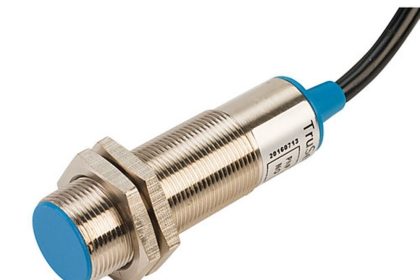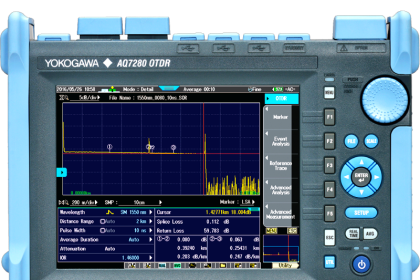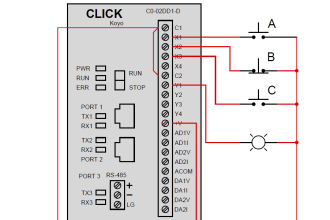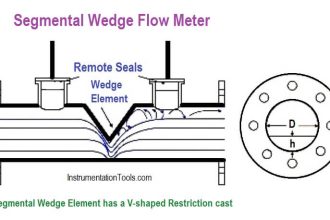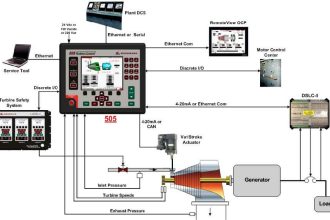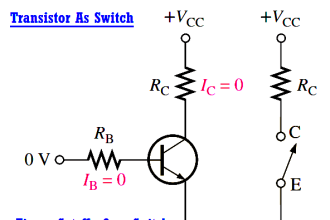Voltage references are electronic components, devices, or circuits that are designed to provide a constant DC (direct current) output value, or a fixed voltage, regardless of inconsistencies in other external variables.
These may include variables like as total device load, variations in power supply, temperature, humidity, elapsed time, and a variety of others.

Types of Voltage References
Some types of voltage references are
- Shunt Voltage Reference
- Series Voltage Reference
- Bandgap Voltage Reference
Shunt Voltage References
Shunt voltage references are two-terminal types designed to run in parallel with their load within a specific current range. When not in use, the shunt reference drains just enough current to achieve the correct output voltage while minimizing voltage drop. Under load, however, it will automatically cut its sink current to maintain a constant throughput.
As a result, a shunt voltage reference will effectively regulate output voltage by varying its sink current to accommodate for load fluctuations. In practice, this approach is functionally equivalent to that used in a Zener diode. Shunt voltage references, contained in a tiny and simple PCB footprint, exhibit very good stability and accuracy over a wide range of variable current and load situations.
Furthermore, as negative voltage references, shunt voltage references are simple to build and can be utilized with both very high and low supply voltages.
Bandgap Voltage References
A temperature-independent bandgap voltage reference is a circuit. This type of component is becoming more common in voltage reference integrated circuits. It is used to generate a fixed (constant) voltage regardless of power supply fluctuations, device circuit loading, or – most importantly – operating temperatures.
Bandgap voltage reference circuits efficiently wipe out the restrictions of other voltage reference types’ negative temperature dependence. This is accomplished by employing a positive temperature-dependent proportional-to-absolute-temperature (PTAT) circuit. This enables for more constant and dependable performance than most Zener and other commonly used negative temperature-dependent voltage reference diodes.
Precision voltage reference circuits currently make extensive use of bandgap variations. They are used in a variety of precision voltage reference ICs where temperature stability and low noise performance are important factors.
Series Voltage References
Series voltage references feature three or more terminals and require a constant source current over a wide voltage range. One significant advantage is that they only draw load and current from the input supply when the load requires it.
Because of this working paradigm, this type is well-suited for use in circuits where the load current or power supply voltage varies dramatically over time.
Furthermore, the lack of a resistor between the power supply and the reference makes the latter particularly helpful for circuits with large load currents. The lack of an external resistor in a three-terminal series voltage reference simplifies (and shrinks) its overall design while also reducing power consumption.
Applications of Voltage References
Voltage references can be used in a number of precision measurement and control systems, including personal computer power supplies and analog-to-digital converters.
They are also utilized in a wide range of high-precision scientific applications and medical equipment where voltage changes must be evaluated and controlled on a regular basis.
There are numerous varieties of voltage references, most of which are classified by parameters such as type, tolerance, rated voltage, reference voltage, rated current, and programmability.
Conclusion
Some important details to consider while selecting a voltage reference are:
- The input-voltage range, which includes the requirement to endure large input voltage swings.
- The overall load is perceived by the reference, as well as whether it is fixed or changing.
- Whether the load is constantly present; if not, whether the reference can be turned off.
- The polarity of the reference and whether negative references are necessary.
When the load current is known to be fairly steady and the system has a large input voltage range, a shunt reference is an excellent choice. External resistor selection is critical, but it does not have to be difficult.
A shunt reference is also useful for producing several, stepped reference voltages from a single voltage input, or for quickly and conveniently producing positive and negative references.
A series reference is ideal when the load current varies frequently while the input voltage remains relatively constant and within the device’s limits. A series reference enable and disable functionality has the potential to save a large amount of power, and the TRIM/NR Pin adds extra flexibility.

